The Teacup Maltipoo is an adorable and pint-sized canine companion that has captured the hearts of dog lovers worldwide. Known for its small size, fluffy coat, and charming personality, this hybrid breed is a cross between a Maltese and a Toy or Miniature Poodle. This article will explore the fascinating characteristics, care requirements, and considerations associated with owning a Teacup Maltipoo.
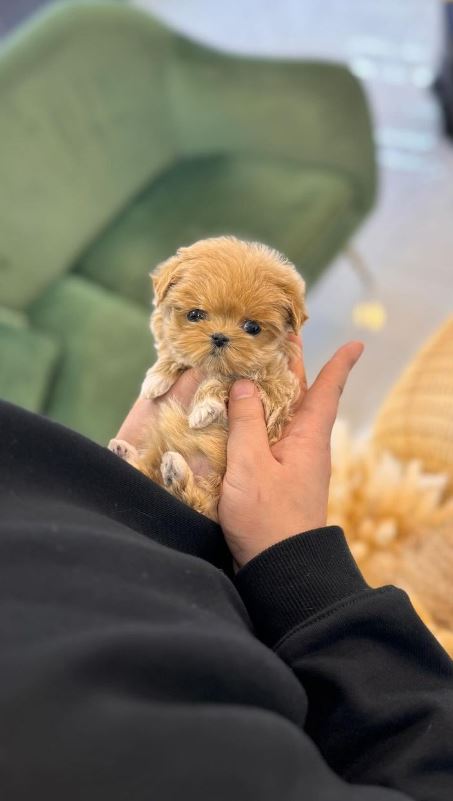
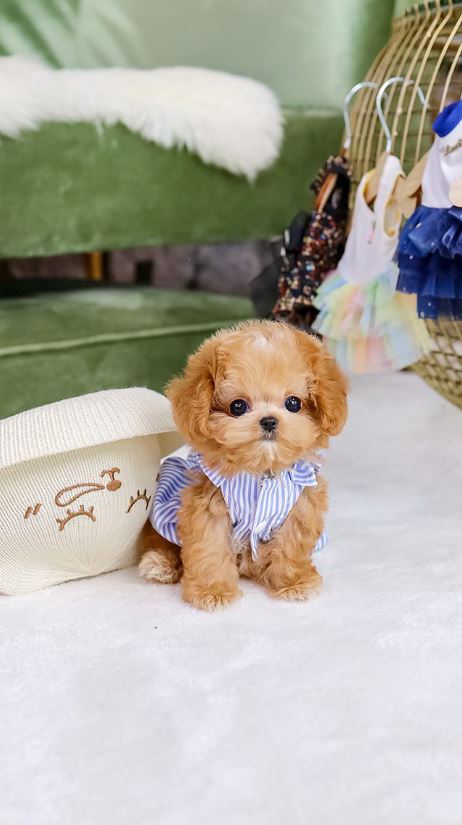
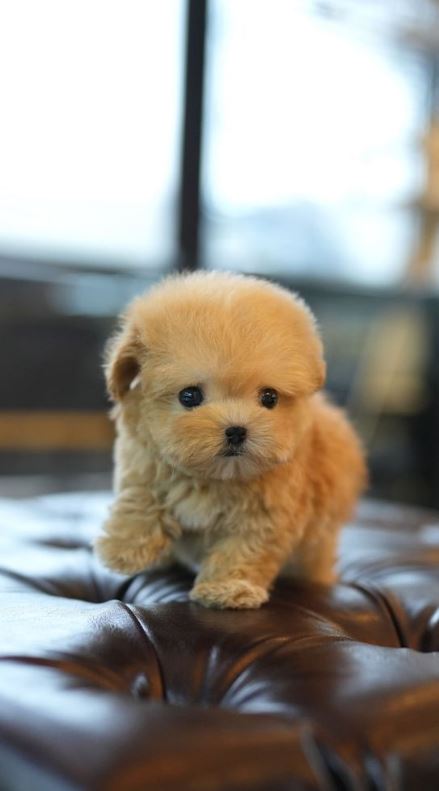
Contents
The Origin and History of The Teacup Maltipoo
Breeders intentionally crossbred the Maltese and Poodle breeds to create the relatively new Teacup Maltipoo. They selectively bred smaller individuals from each generation to achieve an even tinier version of the Maltipoo. The term “teacup” describes the tiny size of these dogs, resembling a teacup.
Teacup Maltipoos are not officially recognized as a breed by Major Kennel clubs. Breeders use the term “teacup” as a marketing or descriptive term to highlight the smaller size of these dogs.
The Teacup Maltipoo, a recently popular hybrid breed, has its roots in the Maltese and Poodle. Understanding the origin and history involves exploring the backgrounds of its parent breeds.
Maltese: The ancient Maltese breed originated thousands of years ago in the Mediterranean region, particularly on the island of Malta. Throughout history, nobles and aristocrats valued these small dogs for their beauty and charm. Royalty and wealthy individuals often kept Maltese dogs as companion animals.
Poodle: The Poodle, with its rich history, has roots in Germany, where breeders initially developed it as a water retriever. Hunters highly favored Poodles for their exceptional skills in retrieving waterfowl. Over time, the breed gained recognition for its intelligence, trainability, and elegant appearance. Today, the Poodle stands out as one of the most versatile and intelligent dog breeds, although it is commonly associated with France.
Teacup Maltipoo Size
Breeders intentionally breed Teacup Maltipoos to be smaller than standard Maltipoos. They specifically breed them to achieve an even smaller size. However, kennel clubs do not officially recognize the term “teacup,” which can be misleading. The size of a Teacup Maltipoo can vary, so it’s crucial to exercise caution when considering a dog marketed as a “teacup” breed.
On average, Teacup Maltipoos weigh between 3 and 7 pounds (1.3-3.2 kg) and stand around 6-10 inches (15-25 cm) tall at the shoulder. However, these are rough estimations, and individual Teacup Maltipoos may fall slightly below this range.
However, it’s worth mentioning that breeding for petite sizes can come with potential health risks. Teacup Maltipoos may be more prone to health issues due to their tiny size, including fragile bones, dental problems, and other complications associated with their reduced stature.
If you’re considering getting a Teacup Maltipoo, do your homework and find a good breeder who cares for their dogs. Ensure you give your pet the proper care, food, and vet visits for a happy and healthy life.
Teacup Maltipoo Appearance
Teacup Maltipoos are charming and fluffy, showcasing features inherited from both the Maltese and Poodle breeds. Here are some key characteristics of their appearance:
Coat: Teacup Maltipoos often sport a soft, curly, or wavy coat that doesn’t shed much and is hypoallergenic. It makes them a go-to option for people with allergies. Their coat can come in various colors: white, cream, apricot, and black. Some Teacup Maltipoos may have multi-colored or parti-colored coats.
Facial Features: They have cute and expressive faces, often characterized by round, dark eyes that exude a sweet and loving expression. Their nose is usually black or brown, depending on their coat color. Teacup Maltipoos often have floppy ears, which may hang down or be partially erect, adding to their adorable appearance.
Body Structure: Despite their small size, Teacup Maltipoos typically have a well-proportioned, sturdy build. They have a compact body with a straight back, and their legs are relatively short but strong. Their overall structure and body shape resemble the Toy or Miniature Poodle parent.
Tail: Teacup Maltipoos typically have a medium-length tail that may curl over their back or lie straight. Their tail is usually covered with a plume of long and fluffy fur, enhancing their overall cuteness.
It’s important to note that individual Teacup Maltipoos may vary in appearance, as they can inherit different traits from their parent breeds. However, the general characteristics described above give a good idea of what to expect regarding size and appearance when considering a Teacup Maltipoo as a furry companion.
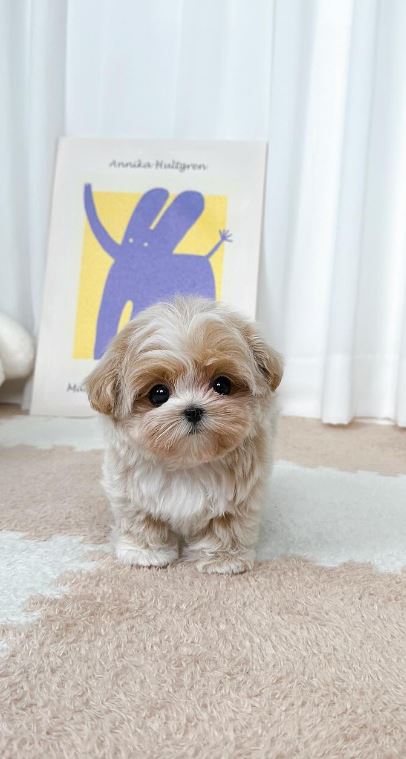
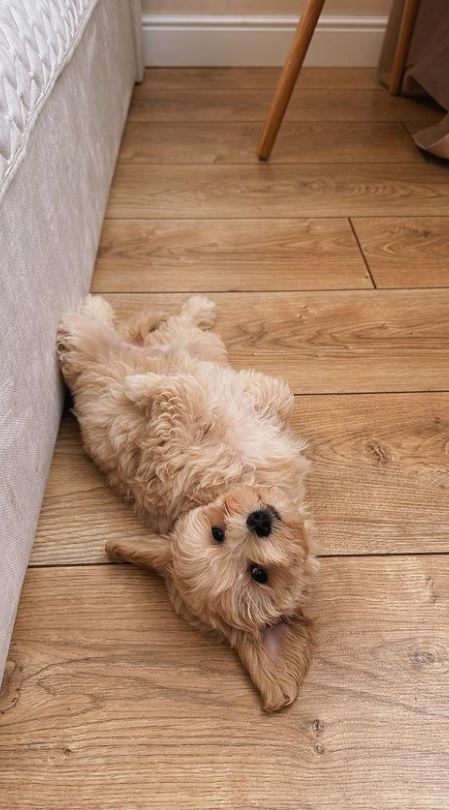

Teacup Maltipoo Temperament
The temperament of a Teacup Maltipoo is friendly, affectionate, and intelligent. They are known for loving nature and enjoy being around people, making them excellent companions and family pets. Here are some key temperament traits commonly observed in Teacup Maltipoos:
Affectionate and Loyal: Teacup Maltipoos form strong bonds with their owners and thrive on human companionship. They are often described as cuddly lapdogs and enjoy being close to their family members. Their loyalty and devotion make them great emotional support animals.
Friendly and Social: Teacup Maltipoos are generally friendly and sociable with people and other pets. They tend to welcome strangers and adapt well to various social situations. Their outgoing nature makes them popular for families and individuals looking for a friendly and well-rounded pet.
Playful and Energetic: Despite their small size, Teacup Maltipoos are often energetic and enjoy playtime. They are active and love interactive games, toys, and activities. Regular exercise, such as walks and play sessions, keeps them physically and mentally stimulated.
Intelligent and Trainable: Teacup Maltipoos inherit the intelligence of their Poodle parent, making them highly trainable. They learn quickly and can pick up commands and tricks with ease. Positive reinforcement training methods, such as rewards and praise, work well with this breed.
Alert and Watchful: Teacup Maltipoos are keenly aware and attentive to their surroundings. They may bark to warn their owners of potential intruders or unusual sounds. While this can make them good watchdogs, proper training is necessary to prevent excessive barking.
Sensitivity to Human Emotions: Teacup Maltipoos are known to be sensitive to their owners’ emotions. They can pick up on subtle cues and provide comfort and support during stress or anxiety. This trait makes them great companions for those in need of emotional support.
Separation Anxiety: Teacup Maltipoos may develop separation anxiety when left alone for extended periods due to their strong bond with their owners. They prefer to be with their human family members and may exhibit signs of distress when separated. Gradual training and ensuring they have mental stimulation and companionship can help alleviate this issue.
Remember that individual temperament can vary within the Teacup Maltipoo breed. Early socialization, positive reinforcement training, and consistent care are essential for shaping their temperament and ensuring they grow into well-behaved and balanced companions.
Teacup Maltipoo Lifespan
On average, Teacup Maltipoos live 10 to 15 years. They can enjoy a long and healthy life with proper care, nutrition, and regular veterinary check-ups. Maintaining a balanced diet, regular exercise, and offering mental stimulation are essential to promoting their overall well-being.
Teacup Maltipoo Care and Grooming
With its adorable and fluffy coat, the Teacup Maltipoo requires regular care and grooming to keep them healthy and looking their best. Here are some essential aspects of care and grooming for Teacup Maltipoos:
Coat Care
Teacup Maltipoos have a low-shedding, hypoallergenic coat that requires regular maintenance. Give them a daily brushing to avoid matting and tangles, as their delicate fur can easily get knotted. Use a slicker brush or a small dog-specific comb to remove any knots or tangles. Pay special attention to areas like behind the ears, under the armpits, and around the tail, as these are prone to tangling.
Professional Grooming
Regular visits to a professional groomer are essential to maintain your Teacup Maltipoo’s overall health and appearance. To avoid hygiene problems, a groomer can trim their fur to maintain a manageable length, especially around the eyes, paws, and bottom. Groomers may also offer extra services like nail trimming, ear cleaning, and expressing anal glands.
Bathing
Teacup Maltipoos typically require bathing every 2-4 weeks, depending on their lifestyle and coat condition. Use a mild, hypoallergenic dog shampoo and warm water. Be gentle and ensure thorough rinsing to avoid leaving any soap residue. It’s crucial not to over-bathe them, as frequent bathing can strip their coat of essential oils, leading to dryness and skin irritation.
Dental Care
Good dental hygiene is crucial for Teacup Maltipoos, as small dog breeds are more prone to dental problems. Brush their teeth regularly using a dog-specific toothbrush and toothpaste. Dental treats or toys designed to promote oral health can also be beneficial.
Eye and Ear Care
Teacup Maltipoos might get some tear stains, leading to discoloration around their eyes. Use a damp cloth to gently clean the area around their eyes and get rid of any gunk. Also, keep an eye on their ears. If you notice redness, a weird smell, or too much wax, clean their ears with a dog ear cleaner and a cotton ball. But don’t go poking anything too deep in their ear canal.
Nail Trimming
Regular nail trimming is essential to prevent discomfort and potential injury. Use a dog nail clipper or grinder to trim the nails carefully. Be cautious not to cut into the quick, sensitive nail area. Consult a professional groomer or veterinarian if you’re unsure or uncomfortable with nail trimming.
Health and Wellness
In addition to grooming, ensure that your Teacup Maltipoo receives regular veterinary check-ups, vaccinations, and preventive treatments for fleas, ticks, and parasites. Provide a balanced and nutritious diet, and maintain a regular exercise routine to keep them healthy and fit.
Remember, regular grooming sessions also provide an opportunity to bond with your Teacup Maltipoo and monitor their overall health. Incorporating a consistent grooming routine into their care can help keep your Teacup Maltipoo looking and feeling their best.


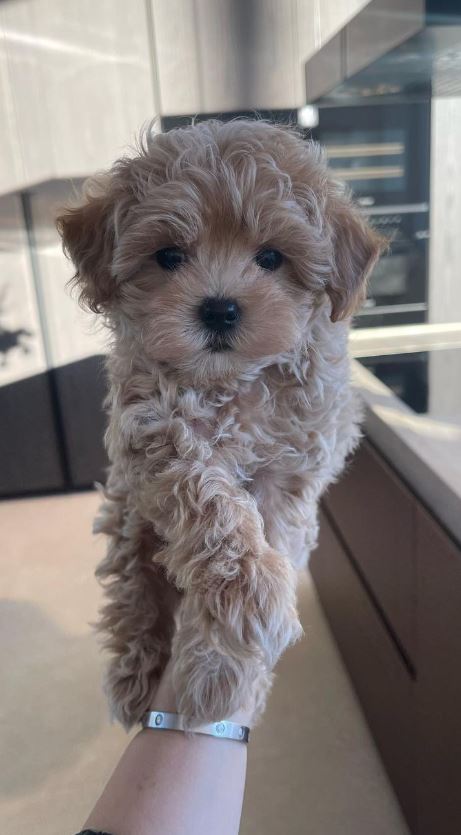
Teacup Maltipoo Training and Exercise
Exercise and training are essential to caring for Teacup Maltipoo to ensure their physical and mental well-being. Despite their small size, Teacup Maltipoos have energy and intelligence that requires stimulation. Here are some guidelines for exercise and training for your Teacup Maltipoo:
Exercise Needs: Teacup Maltipoos have moderate exercise needs and enjoy daily activities to keep them active and healthy. While they do not require excessive exercise, they still benefit from regular physical activity. Aim for around 20-30 minutes of exercise per day. You can divide them into shorter walks or play sessions throughout the day.
Walks: Take your Teacup Maltipoo for daily walks to provide mental and physical stimulation. These short walks allow them to explore their surroundings, sniff new scents, and engage with the environment. Ensure they are on a leash to keep them safe and prevent them from wandering off or entering potentially dangerous situations.
Indoor Activities: Teacup Maltipoos are well-suited for indoor activities, making them great companions for apartment living or those with limited outdoor space. Engage them in interactive play sessions indoors, such as playing with toys, fetching, or hiding treats for them to find. Puzzle toys or treat-dispensing toys can also keep them mentally stimulated.
Socialization: Expose your Teacup Maltipoo to various social situations and environments from an early age. Socialization is crucial for their development and helps them become well-rounded and confident dogs. Introduce them to different people, other animals, and novel experiences to help them feel comfortable and adapt to new situations.
Obedience Training: Teacup Maltipoos are intelligent and eager to please, making them highly trainable. Start training early and focus on basic commands such as sit, stay, come, and down. Positive reinforcement techniques, such as rewards, praise, and treats, work well with this breed. Keep training sessions short, fun, and consistent to maintain their attention and motivation.
Mental Stimulation: Besides physical exercise, Teacup Maltipoos need mental stimulation to prevent boredom and behavioral issues. Engage them in brain-teasing activities such as puzzle toys, interactive games, and obedience training. Teaching them new tricks or challenging toys can help keep their minds sharp.
Consistency and Patience: Consistency and patience are essential in training and exercise. Teacup Maltipoos thrive in a structured environment with clear boundaries. Use positive reinforcement, be patient with their progress, and avoid harsh training methods, as they can be sensitive and respond better to gentle guidance.
Remember, Teacup maltipoos’s exercise and training needs may vary depending on their personality and energy levels. Observe your dog’s behavior and adjust the exercise and training sessions accordingly. A well-exercised and trained Teacup Maltipoo will be happier, healthier, and a joy to have as a companion.
Teacup Maltipoo Health Issues
When considering the health of Teacup Maltipoos, it’s essential to understand that their small size can make them more susceptible to specific health issues. While these concerns can vary from dog to dog, here are some health considerations commonly associated with Teacup Maltipoos:
Fragile Bones
Due to their small size, Teacup Maltipoos can have delicate bones more prone to fractures or injuries. They will need extra care to prevent falls, jumps from high surfaces, or rough play that could damage bone. Providing a safe environment and handling them gently can help minimize the risk of injuries.
Hypoglycemia
Teacup Maltipoos can be prone to hypoglycemia, a condition characterized by low blood sugar levels. Their small size and high metabolism can make it challenging to regulate their blood sugar levels effectively. Feeding them small, frequent meals throughout the day and ensuring they access fresh water can help prevent hypoglycemic episodes. Monitoring their energy levels, appetite, and behavior is essential, as symptoms of hypoglycemia may include weakness, trembling, seizures, or loss of consciousness.
Dental Problems
Like many small dog breeds, Teacup Maltipoos are susceptible to dental issues such as tooth decay, gum disease, and tooth loss. Regular dental care, including brushing their teeth, providing dental treats or toys, and scheduling professional dental cleanings, can help maintain their oral health.
Respiratory Issues
Due to their small airways and compact facial structure, Teacup Maltipoos may be prone to respiratory problems. They can experience difficulty breathing, especially in hot or humid weather or during strenuous exercise. Avoid exposing them to extreme temperatures and ensure they can access fresh air and proper ventilation.
Eye Problems
Some Teacup Maltipoos may be prone to eye problems, including cataracts, progressive retinal atrophy (PRA), and dry eye. Regular eye examinations by a veterinarian and keeping their eye area clean can help identify and manage potential issues.
Obesity
Due to their small size, Teacup Maltipoos can be more susceptible to weight gain and obesity. To help them maintain a healthy weight, it is important to provide them with a balanced diet, appropriate portion sizes, and regular exercise. Obesity can contribute to a range of health problems, including joint issues, heart disease, and diabetes.
It’s crucial to note that not all Teacup Maltipoos will experience these health concerns, and responsible breeding practices can help reduce the risk. When considering a Teacup Maltipoo, choose a reputable breeder who prioritizes the health and well-being of their dogs and conducts health tests on the parent breeds.
Regular veterinary check-ups, a nutritious diet, proper exercise, and a safe environment are crucial to promoting your Teacup Maltipoo’s overall health and longevity. By providing your furry companion with the necessary care and attention, you can help ensure a happy and healthy life for your furry companion.
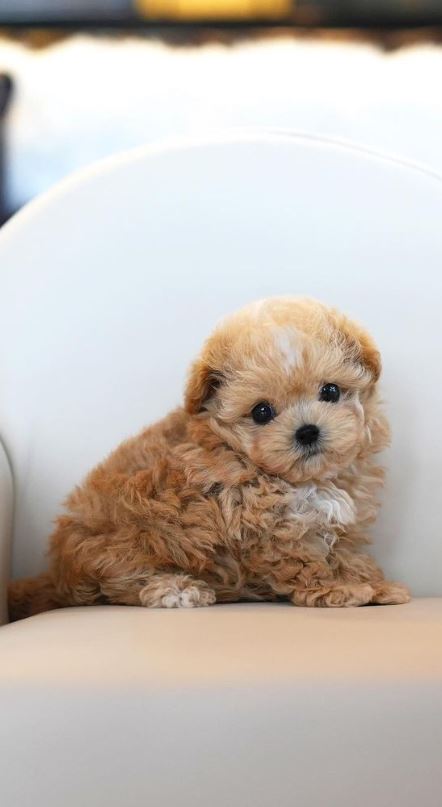
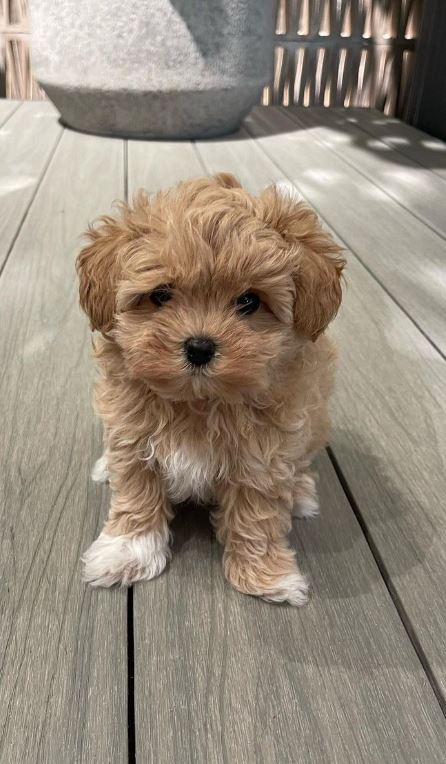
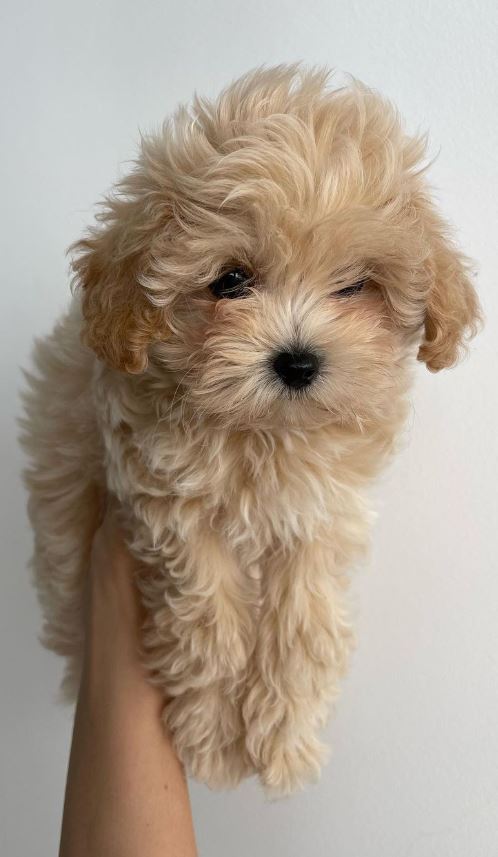
Leave a Reply